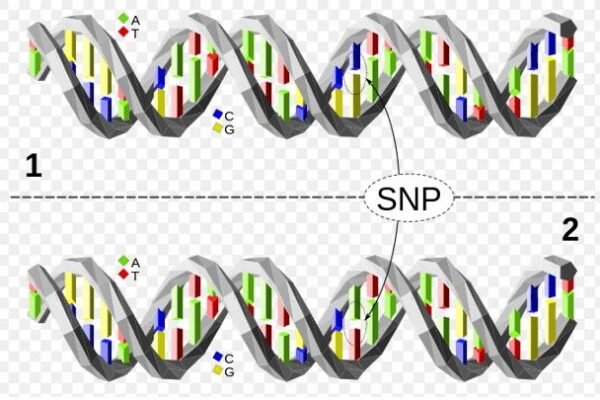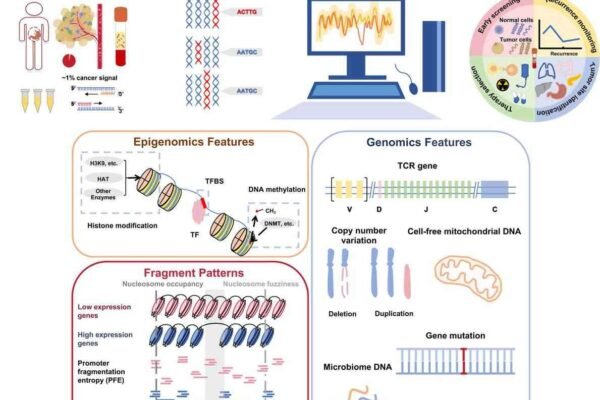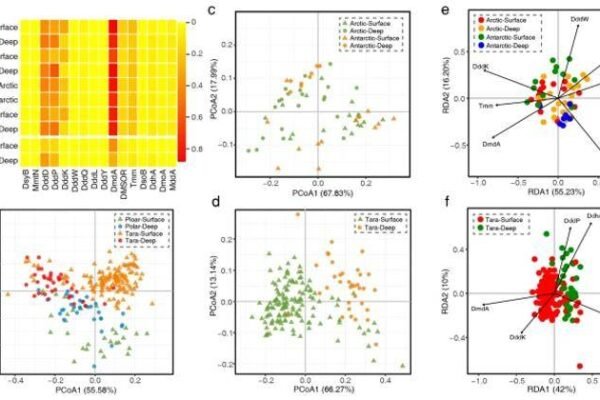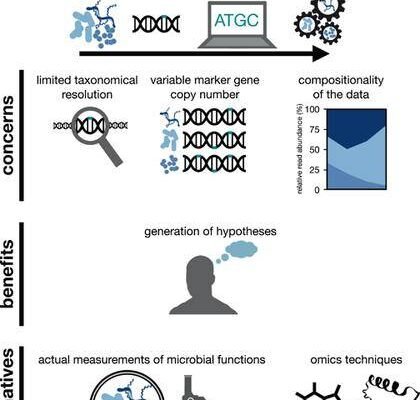
The Principles and Workflow of SNP Microarray
What Is SNP Microarray SNP microarray, a specialized type of microarray technology, is geared towards the detection of Single Nucleotide Polymorphisms (SNPs), characterizing variations at a single base pair in the genome. Emerging in recent years, SNP microarray technology represents a high-throughput, large-scale genetic testing platform. The working principle largely entails the hybridization of fragmented single-stranded…









